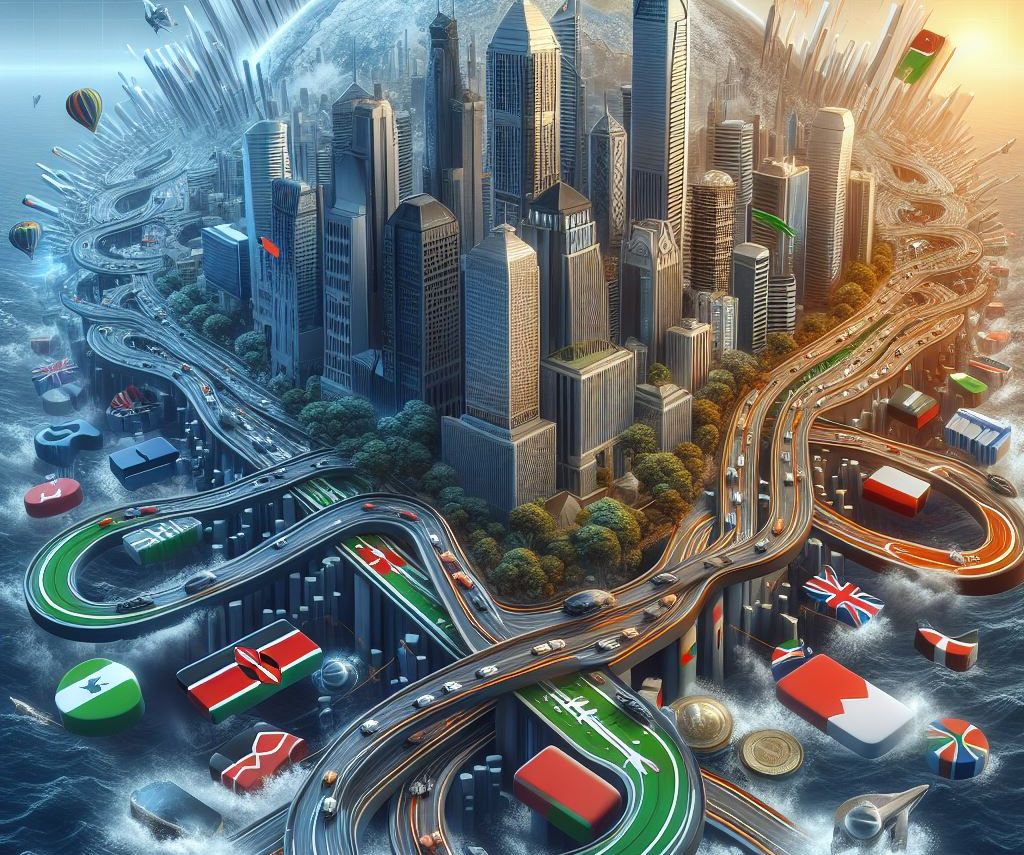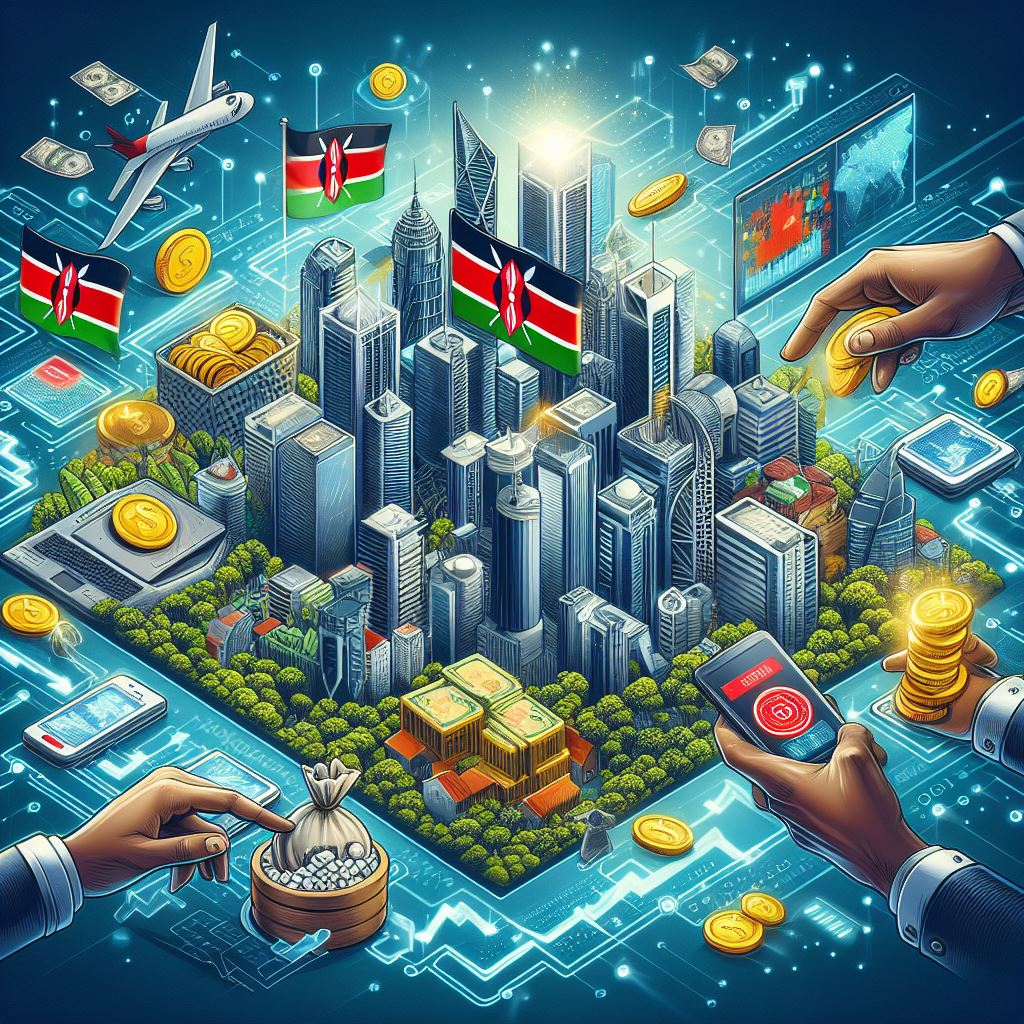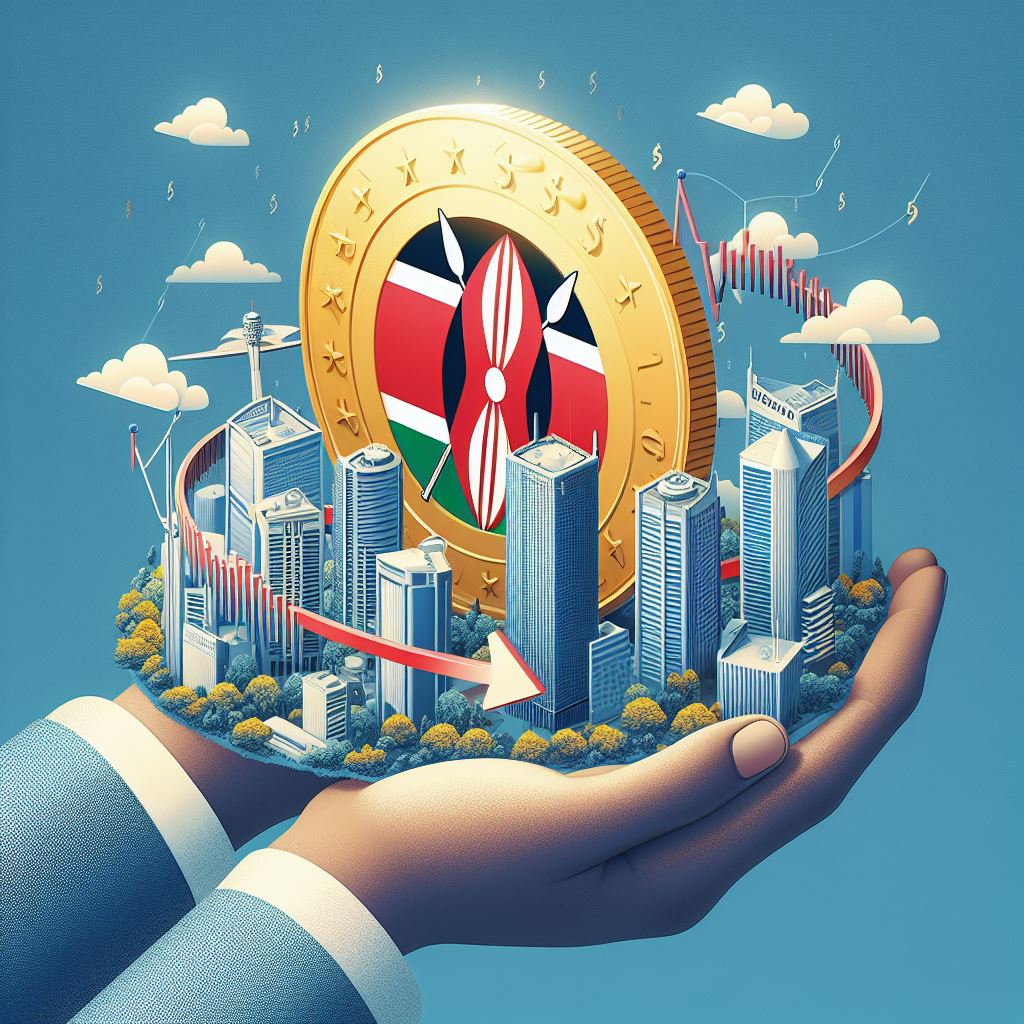This comprehensive outline explores the multifaceted aspects of emerging destinations and sustainable travel, presenting a sophisticated and eye-catching analysis that appeals to the conscious traveler.
1. Introduction: Shifting Trends in Global Travel
A clear evidence to this is what is occurring to the traditional concept of tourism at the present time. While several well-known travel spots remain popular with millions of people, there is a shift in emphasis toward people traveling to areas that are yet to become famous. The first one is highlighted by the aim of improving the quality of tourists’ experience through embracing sustainable tourism and the other one is prompted by the need to explore destinations hence breaking away from the traditional norms of conventional tourism.
First of all, sustainable travel is not just an idea or a trend today but rather it is a phenomenon that is building up the tourism of tomorrow. Tourists are turning to eco-service values, cultural or historical heritage, and sustainable economic development of the destination’s local population. This is the age when an intensive approach towards travelling for leisure is in the process of a gradual shift to a more sustainable form.
2. The Rise of Conscious Travelers: Why Sustainability Matters
Tourists of the present era are getting aware of the environmental impact and over tourism. Due to globalization and the effects of climate change, there is concern towards reducing the negative effects of its impact through traveling. This has led to demand in green tourism where people want to access services like energy efficient accommodation, appropriate interaction with wildlife, and environment friendly means of transport among others.
Sustainable travel cannot be achieved simpler through managing wastes or paying someone else to balance carbon footprints. This idea can be referred to as spirit of philanthropy towards the local populations, conservation of nature and indigenous peoples’ value systems. Today’s travellers are becoming more aware of their impact on nature and cultures they visit and are therefore in search of destinations that allow them to enjoy nature and culture while at the same time preserving them. This trend consequently promotes a kind of tourism which is considered to benefit the traveler as well as the destination.
3. Emerging Destinations: Off the Beaten Path
As traditional tourism destinations are over-saturated with tourists, now new and improved tourism locations are gradually being sought by trends and tourists. These destination provide unspoiled opportunity to explore, truly historical, and an opportunity to engage interactively with the local people in a way not always possible on other forms of travel. Several countries for instance Bhutan, Columbia and Namibia are leading the course in sustainable tourism thus providing real and eco friendly tourism experiences.
Non-fictional and unconventional tourist attractions also offer the travelers the opportunity to support sustainable programmes including conservation, culture and wildlife during their travel. For instance, tourists visiting Costa Rica will find themselves active in reforestation projects while tourists exploring rural Japan will get to embrace the centuries old practice of agriculture. It has been argued that this methods of experiencing these tourist destinations is greatly contributing towards creating awareness of the need to protect the destinations.
4. Eco-Friendly Accommodations: Redefining Luxury
This is the reason why the trend for sustainable hotels, which would embrace the principles of the contemporary hospitality management both in terms of luxurious services and environmental responsibility, is developing. The three experiences of luxury accommodation include the eco-lodge accommodations, glamorous camping, and green certified hotels. These hotels focus on environment-friendly features and products including regional supplies, energy efficiency, and minimum impact structures which do not in any way mean that they sacrifice luxury and convenience.
In addition to the concept breakthroughs in design and construction techniques, green hotels are embracing such measures as waste minimization and efficient use of water, giving support to local craftsmen. A lot of the luxury resorts nowadays are going against conventional ideas of extravagance, instead advocating Day use wedding venues luxury and sustainability. Such shift is changing the position of what is considered as luxury, especially when; the sense of; closeness to nature, leaving minimal trace and preserving the culture of the destination is a new form of luxury coupled with comfort.
5. Cultural Immersion: Supporting Local Communities
It is now possible to travel sustainably but not only with the aim of protecting the environment but also with the interest of engaging and supporting the native population. Other components of cultural interaction with the culture of a particular country are offering tourists a chance to learn the native arts and crafts, take part in festivities. About this kind of cultural experience, one cannot help but get a glimpse of what a country or a region is really like and not just see the glamorous side of it.
In most of these destinations, tourism plays a crucial role of generating incomes to the inhabitants of those areas. Eco-tourism specifically ensures that the money spent by these tourist is recycled back into the community in supporting tourism related firms or artists, etc, and tourism operators. This way, taking local guides, staying at the local places, buying locally made products and services help in the preservation of culture and on the other hand it supports the locals’ economy.
6. Adventure and Conservation: Exploring Nature with Purpose
Most of the upcoming tourist destinations are indeed global powder keg of adventure tourism, ranging from trekking in untouched mountain tops, sea kayaking, cave exploration, and deep sea diving to snorkeling in clean coral reefs. This however is not the same for the above experiences mainly because of the conservation element involved. New generation adventurers are more aware and are looking for places that they can help protect in one way or the other through donations or volunteering in wildlife departments and being involved in eco tourism.
For instance, trekking through less explored part of Nepal provides not only the view of beautiful nature but also valuable chance to participate in saving remote areas from increasing negative impacts. Likewise, snorkeling in the marine parks of the Philippines enable the tourist to enjoy the underwater views where the corals are found and at the same time protect the continuation of over fishing and coral bleaching. Such type of adventures offer an exciting fun filled experience with clear concepts of responsible and sustainable tourism at large.
7. Overtourism and Its Impacts: The Case for Sustainable Alternatives
This has made destinations such as Venice, Barcelona, and Bali among others to become over-tourism destinations with increased impacts on the environment, excessive pressure on infrastructural facilities and loss of cultural identity. And yet these manyfaceted effects of mass tourism compel us to look for indications as to how the emerging tourist cities are developing.
Sustainable travel is an effective solution for overtourism since tourist flows are distributed to other zones, which helps to ease the pressure on saturated destinations and encourages tourists and other actors to act sustainably. This way tourists can help spread the load in terms of numbers to other places which are not so crowded, and can popularize new attractive but still unexplored territories. Not only does it help to protect the environment and the people living in the region, but this approach will give a creative and fully-fledged tour with an emphasis on conscientious tourist.
8. Technology's Role in Sustainable Travel: Smart Solutions for a Greener Future
Technology is proving more and more vital a tool as far as encouraging responsible touring is concerned. Socially conscious travel apps, carbon footprint calculators, ever-evolving technologies such as virtual reality travel experiences that replicate the experience of visiting some destination without the need for physically traveling there are all evidences of how innovation is putting pressure towards the evolution of more responsible forms of travel.
Secondly, technology as well solves the problem of offering more transparent and ethical ways of traveling. Solutions such as green travel technology and web based services that showcase environment friendly places to stay, carbon neutral projects and community tourism are enabling travelers to make better choices. This integration of the technological aspect and sustainability in promoting the use of sustainable tourism is still defining the ways through which positive impacts of tourism may supercede the negative impacts in travel and tourism when embraced.
9. The Future of Sustainable Travel: A Movement, Not a Trend
Considering the future development of the tourism sector, it is now possible to state that sustainable tourism is not a temporary niche but a powerful trend which reshapes the industry. In this evolution emerging destinations will remain as strategic because they afford the opportunity to the traveler to travel around the globe in a sustainable manner that does not put pressure on people or the globe.
The sustainable travelling will only be able to grow and sustain its environmental conservation, cultural heritage and equality in business and economic factors depending on the cooperation of travellers, upcoming and existing businesses, as well as governments of the respective countries. With this movement getting stronger, the travelling world will be one where discovery and preservation complement each other inculcating a positive change to the whole traveller world.
10. Slow Travel: The Art of Mindful Exploration
Slow travel stands for the tourism where travelers move into the slow and deep way as a contrast to the check-list type of tourism. While conventional travels involve packing several places and areas in a few days or weeks, slow travel entails spending considerable time in one place possibly interacting with the culture, natural features and people of the place. It also saves the environment since people avoid moving around frequently but also feels and experience a great deal of the actual place. Engaging in tourism, a tourist spends more time in one place and is therefore able to observe, reflect and appreciate even the simplest features of the place’s daily routine.
On the backdrop of responsible tourism, slow travel will be considered as part of responsible tourism. Slow traveler impacts the environment in ways as they avoid taking large vehicles to their destinations, they prefer to stay in local hotels, they also prefer local produce when it comes to eating. Furthermore, by spending more time in the destination travelers can develop friendship with the locals thus benefiting the local businesses in the long-run and support the economy of the community in a more efficient manner. Slow travel is all or nothing, and in the sense of more and more people taking to the road or skies with this kind of approach, is a far more sustainable, rewarding kind of tourism.
11. The Role of Local Governments and Policies in Promoting Sustainable Travel
On their part, travelers and enterprises have responsibilities in equal measure to promoting sustainable tourism; however, it is the local authorities who set the conditions with or without which sustainable tourism can ever be a reality. Most of the new travel destinations have associated themselves with the possibility of making mistakes and have laid certain rules that control the flow of tourist traffic, the usage of natural resources and the maintenance of cultural sites. For instance, Bhutan has the policy of ‘High Value, Low Impact’ of Tourisms that really restrict on the amount of tourist which comes to Bhutan and it really supports that tourism is good both for environment and economy which has less burden on existing infrastructural facilities.
Authorities of these emerging host countries are also seeing the need to address the concerns by launcing programmes like eco-tourism certifications, protected areas and collaborations with environmental non-governmental organisations. These policies are also aimed at preventing negative impacts on environment and distribute evenly tourism impacts on people living in a given country. Good policies are pivotal to sustainable tourism promotion – by implementing standards for responsible business, supporting the growth of the eco-hotels and resorts, and restricting the use of endangered ecosystems. Including communities as partners in the development and management of tourist related projects can be useful to guarantee that tourism acts as a tool that will not harm the environment and the culture in the future.
12. The Influence of Social Media on Sustainable Travel and Emerging Destinations
This has seen social media play a significant role in the choice of travel destinations and this has not been left out from sustainability travel. That is why newly popular social media platforms engaged in travel like Instagram or YouTube contribute to the interest in emerging low-impact destinations. Tourism enthusiasts on social media platforms and travel bloggers who have specialized in sustainable tourism are playing a big role in raising awareness on the advantages of ecotourism, presenting sustainable tourist attractions such as culture and nature. Hence, locations that could not attract tourists earlier are now embracing international recognition, enhance their economic currencies for development and advocate for sustainable tourism.
However, as seen in the case of TI, power of the social media is a double edge sword. Although, it can create awareness of sustainable travel, new and upcoming destinations, it can also cause overtourism if not well controlled. This is the case when, for instance, pictures of untouched beaches or exotic sceneries circulating on the social networks gather millions of tourists within days endangering the very idea of the trip sustainability. Companies, now influencing individuals into being responsible tourists by promoting the principles of responsible tourism, asking travelers to stick to eco-tourism principles, be culturally sensitive and spread out their visits in one area. Through enhancing the communication between the traveling customers, it plays a significant role either as an opportunity maker or as a challenge amplifier to the difficulties of sustainable travel.


























